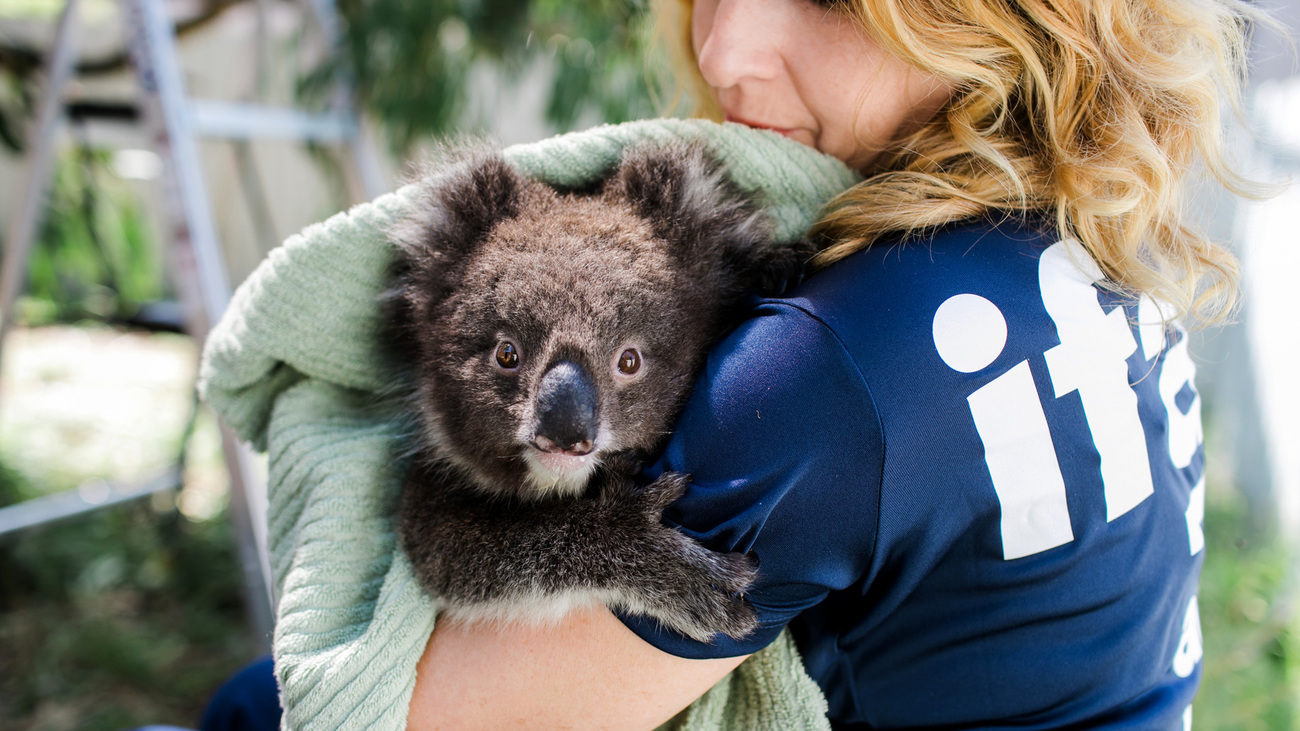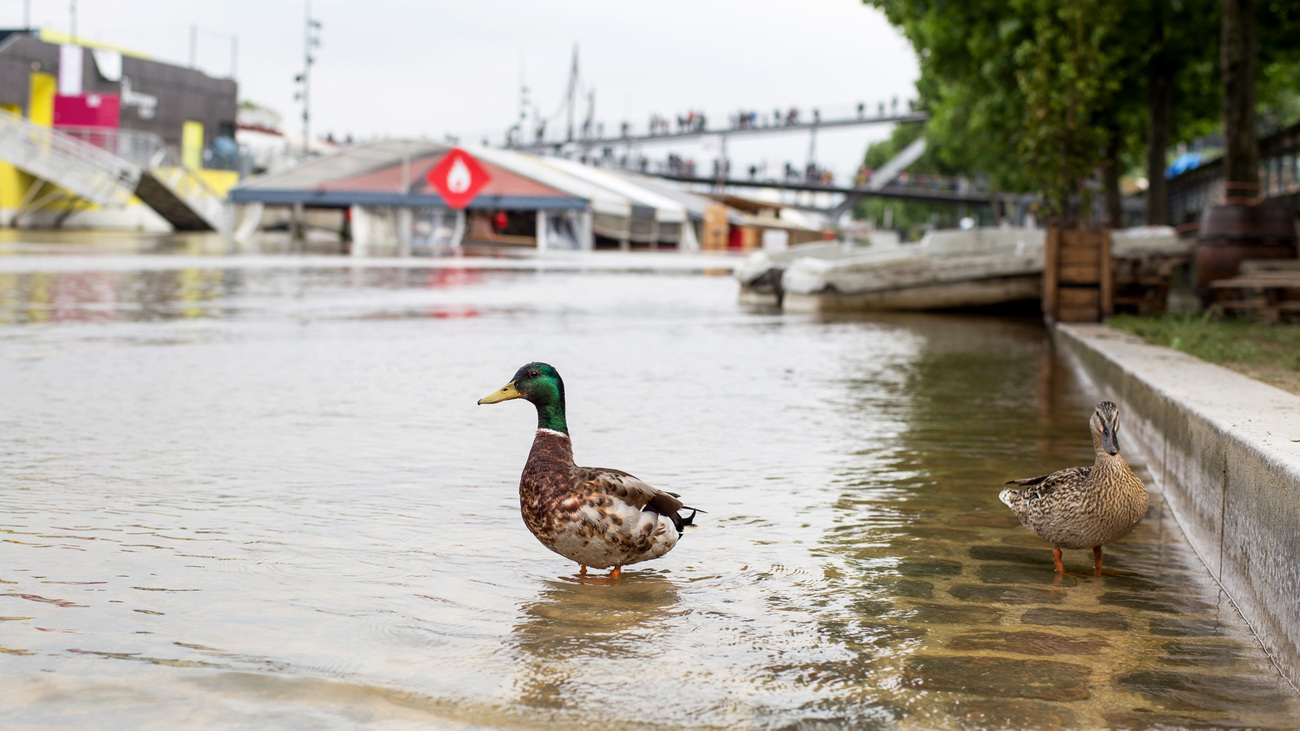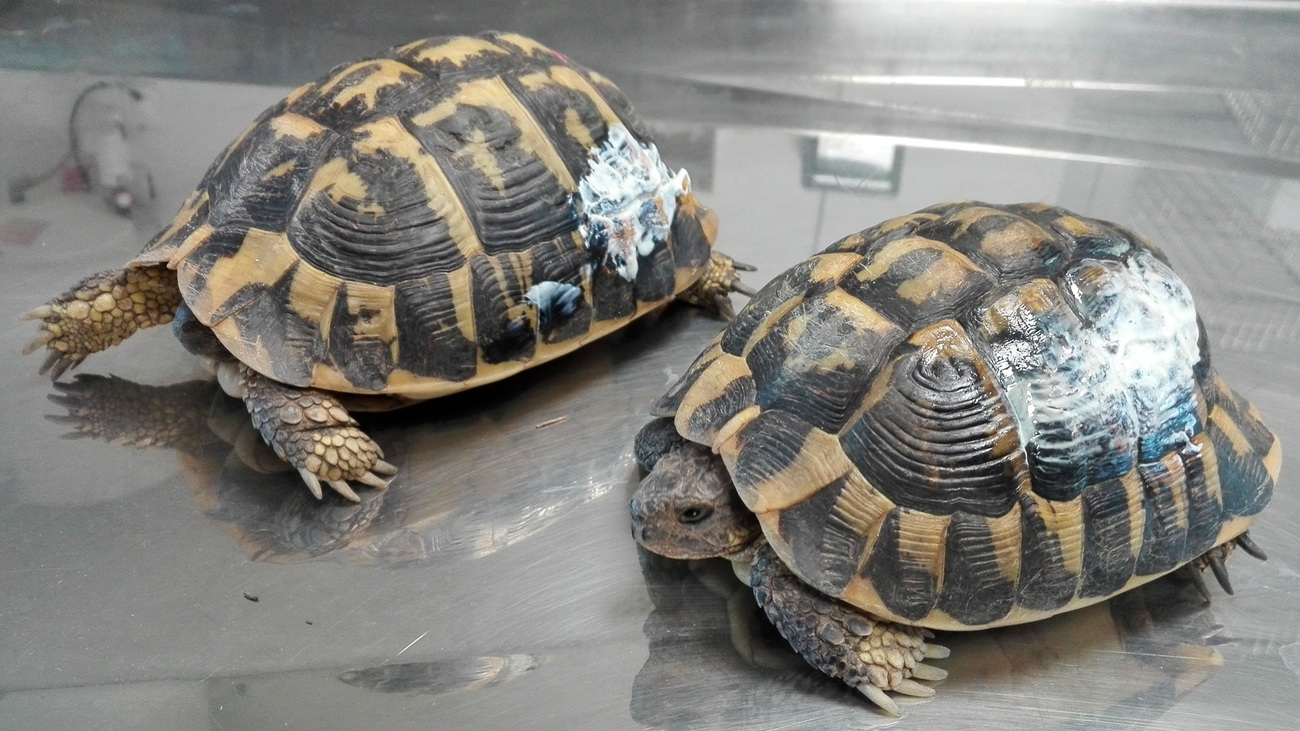Rescuing animals during disasters – Europe
save human lives by saving animals before, during and after disastersWild animals are forgotten disaster victims—why should we care?
Wild animals are forgotten disaster victims—why should we care?

Climate change is fuelling disasters, which are becoming more frequent, severe, and prolonged. Climate experts have been warning us for years and sounded the alarm again in March, in the sixth IPCC report: Climatic and non-climatic risks will worsen and multiply, making their management more complex and difficult.
In July, the World Meteorological Organization released the distressing news that Europe is warming twice as fast as the global average. Those of us living on the continent are already experiencing extreme weather events unlike anything we’ve seen before, with tragic consequences. The Emergency Events Database (EM-DAT) indicates that 16,365 people died from meteorological, hydrological, and climate-related hazards in Europe in 2022 alone. Another 156,000 people were directly affected by these hazards.
The year 2023 is no exception, with intense periods of drought, water tables at historically low levels, rivers running dry, and mercury soaring to record temperatures. In May, Italy experienced its worst flooding in 100 years. July was the hottest month ever recorded on the planet. And in August, Greece suffered the largest wildfire the European Union (EU) has seen since records began in 2000.
The continent is under threat. So is every living being who makes their home here—including wildlife.

What happens to wildlife in disasters?
Wildlife are killed, injured, and displaced by disasters. Even if they survive the initial disaster, their habitat and food sources are destroyed. Water becomes polluted. They’re at risk of developing life-threatening diseases. They’re forced to leave their habitats to find another viable place, and that often means going into human habitats, making them more vulnerable to being hit by cars, hunted, or killed as predators and pests.
Unfortunately, it’s difficult to know the extent of the damage that disasters wreak against wildlife. We have the technology to assess the amount of land destroyed and how many people were killed, displaced, or are missing. But we can rarely say how many wild animals have been impacted, so they are easily overlooked when we add up the costs of devastation.
When researchers do try to quantify the impacts on wildlife, the figures are shocking. The University of Sydney, for example, reported that 3 billion animals were killed or displaced by the Australian megafires of 2019-2020. But what is the wildlife toll from the wildfires that devastated more than 18 million hectares of boreal forest in Canada this summer? Or from the megafire that burnt more than half of the Greek Dadia-Lefkimi-Soufli Forest National Park, home to most of Europe’s birds of prey?
Probably billions as well.
Disasters can destroy entire ecosystems and undo years of conservation in mere minutes.
Loss on such a scale will have impacts for years to come. Vulnerable and endangered species will struggle to reproduce at a high enough rate to keep them from disappearing altogether.
How can we help wildlife survive disasters?
Animals can’t prepare for disasters like we can. They face increasing destruction and devastation from wildfires, floods, droughts, and war, but are not currently included in the EU’s disaster management plans and policies.
Most national action plans for the conservation of vulnerable species also don’t include disasters on their list of threats. These plans take account of other dangers—such as poaching, logging, and human encroachment—but overlook disasters even if the species’ habitats face a higher risk now.
This is important because experts have an idea of the population number and locations when there’s an action plan, so they can see what the disaster’s effect is. For example, scientists studying a lynx equipped with a radio collar in the Canadian boreal forest found it 300 kilometres from its territory after this summer’s wildfires, while its home range is usually 25 square kilometres.
Learning more about how species react during and after disasters can help us find solutions for other species, too. For example, experts saw that some Hermann’s tortoises survived wildfires in southern France in 2021 because they had dug deep holes under rocks to protect themselves from the heatwave that came before the fire. Forestry management and wildlife authorities could create more hiding places that wildlife could use if they can’t find a way out.

How can wildlife authorities and experts support disaster plans?
When wildlife authorities and experts, such as IFAW, are included in disaster management plans, we can respond more quickly and efficiently. Disaster management and wildlife authorities must work together to ensure wildlife rescue operations happen when a disaster hits. Authorities should create trained wildlife emergency-rescue teams, develop disaster-related wildlife rescue guidelines and trainings, and increase their support to wildlife rescue and rehabilitation centres in crisis time.
This would also relieve some of the distress that first-responders experience when they see animals suffering but can’t help them because their duty is to protect vulnerable people. And it would cut down on the number of untrained people who rush into dangerous situations because they want to help wildlife survive.
The problems are complex, which is why it’s crucial for disaster management authorities to consult with wildlife experts and find ways to include wildlife in their plans.
Why should we care?
We know that nature-based solutions can mitigate the impact of disasters and keep our planet—and everything we depend on it for—functioning and resilient.
For our own survival, we need healthy and viable ecosystems, and wildlife plays a crucial role.
The knock-on effect of losing billions of wild animals, losing species, losing entire ecosystems, could be catastrophic to us all.
We can’t forget about animals—whether domestic or wild—during disasters. They suffer injuries, starvation, thirst, displacement, illness, and stress just like us. They need protection.
That’s why IFAW is urging the EU and its Member States to protect people and animals in disasters by creating a legislative framework that includes animals in disaster management and planning.
If you live in the EU, you can sign our petition to the European Commission to account for animal welfare in times of crisis.
Related content
Our work can’t get done without you. Please give what you can to help animals thrive.